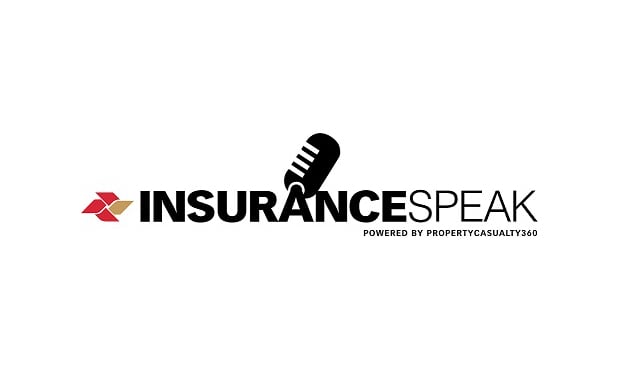For decades, a range of vehicle identification offerings—such as traditional VIN decode tools and vehicle detail and option information based on manufacturer original equipment guides (OEG)—have been available to support the automotive claims process. The traditional VIN decode reveals the year, make, model, doors, body style, and sometimes even the trim. It can also reflect the transmission, engine, drive and fuel type. This information helps appraisers and estimators accurately identify a vehicle.
From Manual To Automated
Currently, appraisers must also manually select specific options and packages from OEG lists provided in the estimating and total loss application. However, since each vehicle make and model can have more than one OEG list associated with it, and therefore a large selection of options to choose from, the correct options and details can only be selected after a thorough on-site inspection by an appraiser—a process that frequently results in inaccuracies, mistakes and longer cycle times.
Recommended For You
Want to continue reading?
Become a Free PropertyCasualty360 Digital Reader
Your access to unlimited PropertyCasualty360 content isn’t changing.
Once you are an ALM digital member, you’ll receive:
- Breaking insurance news and analysis, on-site and via our newsletters and custom alerts
- Weekly Insurance Speak podcast featuring exclusive interviews with industry leaders
- Educational webcasts, white papers, and ebooks from industry thought leaders
- Critical converage of the employee benefits and financial advisory markets on our other ALM sites, BenefitsPRO and ThinkAdvisor
Already have an account? Sign In Now
© 2025 ALM Global, LLC, All Rights Reserved. Request academic re-use from www.copyright.com. All other uses, submit a request to [email protected]. For more information visit Asset & Logo Licensing.








